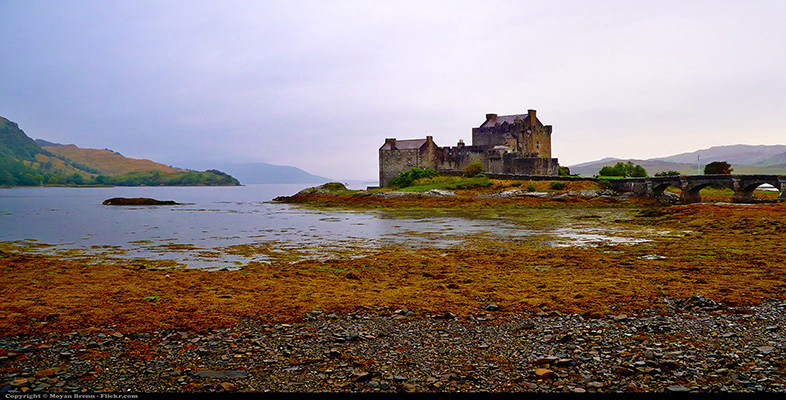2.2 From the Baroque to Romanticism
Among the various approaches that have been applied to the study of art produced between c.1600 and c.1850, the most important has traditionally been one based on the concept of style. Art historians who employ this type of approach view the period in terms of a succession of styles: from the Baroque in the seventeenth century, by way of the Rococo in the first half of the eighteenth and Neo-classicism towards the end of the century, to Romanticism in the early nineteenth century. However, such a focus on style has fallen out of favour since the 1970s, which saw the publication of the last volumes in the influential ‘Style and Civilization’ series edited by John Fleming and Hugh Honour (Honour, 1968; Honour, 1979). Popular surveys and textbooks continue to be published with titles such as Baroque and Rococo or Neoclassicism, but many scholars have become reluctant to use such labels to sum up the art of a whole epoch. Recent publications of this kind tend instead to have titles such as Art of the Seventeenth Century or Art in Europe 1700–1830; their authors often begin by explaining the limitations of the concept of style as applied to the art of the period in question (Harris, 2008, p. xxi; Craske, 1997, pp. 7–11). Nevertheless, style labels still appear in even the most serious and scholarly works, suggesting that they may have their uses after all. For this reason, it is necessary to examine the ways in which they have been defined in order to assess their relevance to artistic developments in the two and a half centuries explored here.
